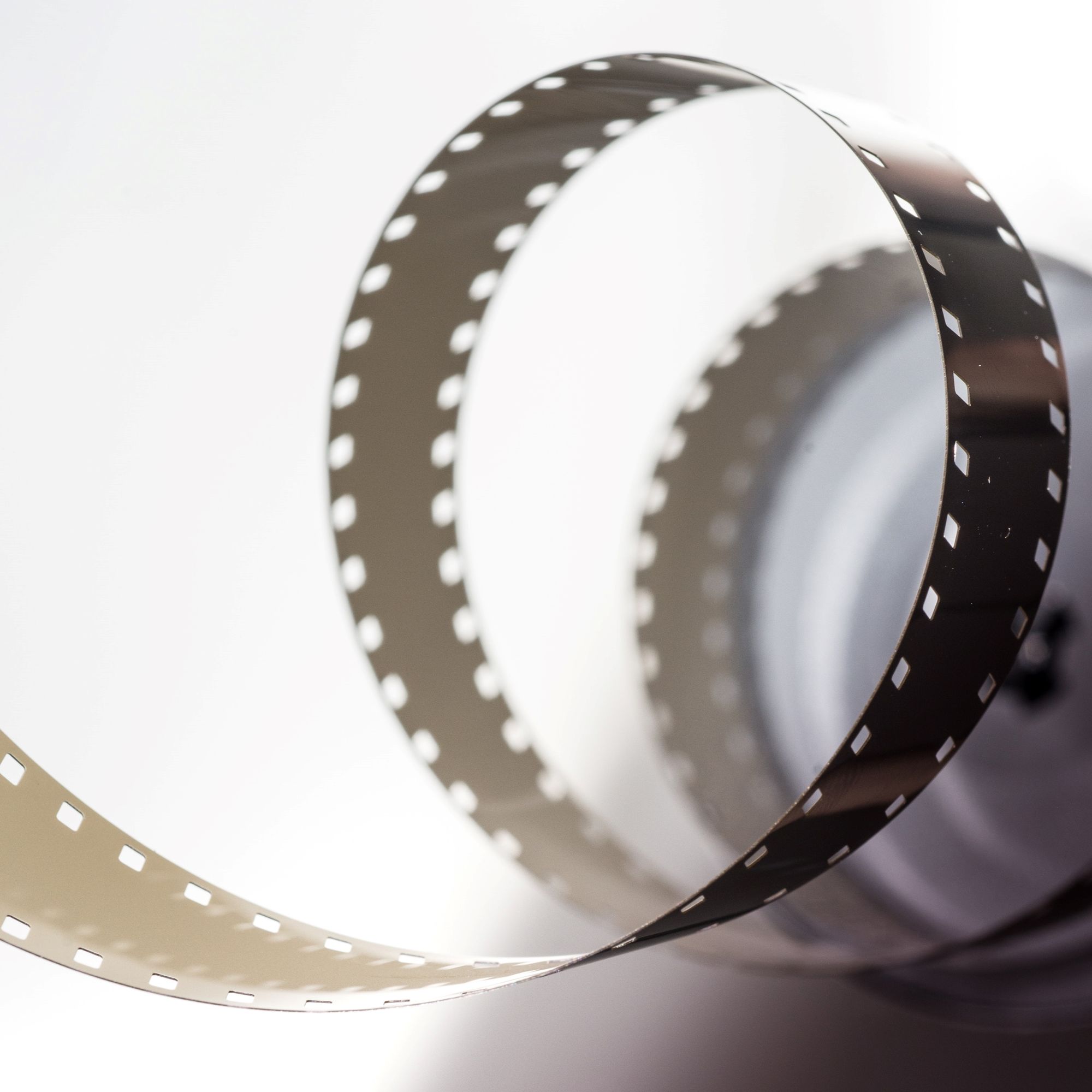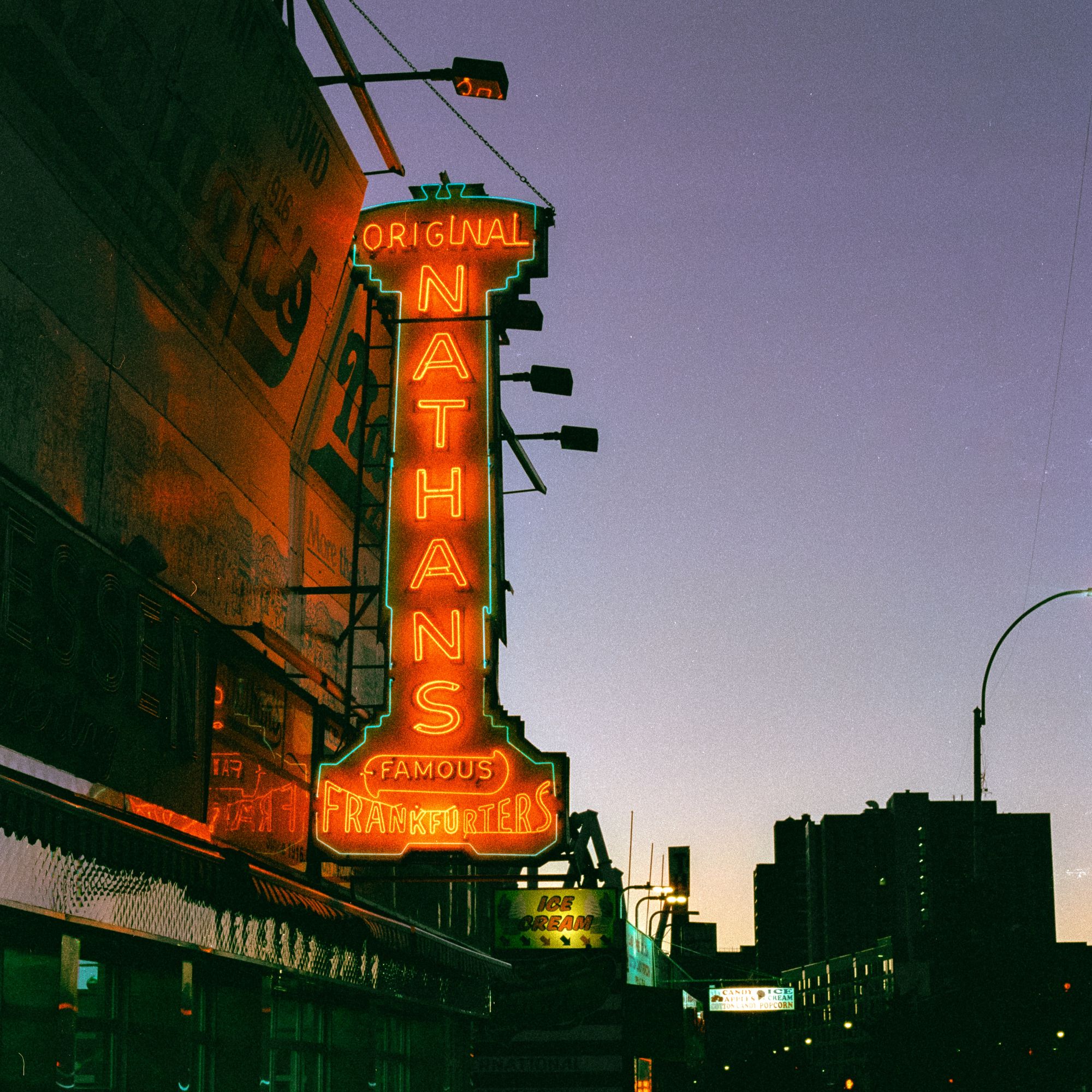Film Stock Explained – Definition & A Short History Rundown
Hire film gear from local filmmakers.

Hire film gear from local filmmakers.
In recent years many things have come back into the mainstream. Things like vinyl, 80s inspired music (thank you, The Weeknd), and even some fashion trends.
One thing that's also coming back in style is using film stock, which is a great way to give your film a unique and vintage look.
Where does film stock originate from?
Read along, and you'll learn everything you need to know, including modern applications of film stock.
If you want to learn more about filmmaking in general, check out our article that covers everything about filmmaking.
What is film stock?
Film stock is the analog medium that used to be what every movie was recorded on before the digital era. Just like you used to have to develop your pictures after you were done shooting, you also had to develop the film stock from a video camera.
Film stock is essentially a roll of material that film is shot on, which can then be developed, edited, and projected through a film projector. As mentioned, it's not that popular anymore because of the invention of digital cameras.
Where you with digital cameras can simply delete files, film stock is more or less permanent, meaning reshoots will always require more film reels.

A brief history of film stock
Understanding film stock requires knowing where it came from and how it has developed through time.
We've made a brief timeline for the most important eras of film stock, so you can follow it from its infancy.
Before standardization (1888-1889)
The history of film stock traces back to the 1880s when different inventors experimented with what material to use. It was essentially a race to find the most reliable way to capture moving images. Back then, even projecting a film was hard.
The first breakthroughs were made by the Eastman Kodak company, which had film stock available to the public in 1889.
One of the founders, George Eastman, ran into patent issues and started a company in the United Kingdom instead. Here he supplied some of the pioneers in filmmaking like Robert Paul, Charles Urban, and the Lumiére Brothers with film stock.
He also developed a movie projector, making it easy for those well-endowed to project films.
Standard picture film (1900-1919)
At the start of the twentieth century, filmmaking became more and more popular, and as this popularity rose, another problem arose as well. With no standardized way to develop film stock, the market could quickly become a jungle.
That called for a standardization of film stock, which gave a huge improvement to its continued development. It was decided by the company Motion Picture Patents Trust, and all of a sudden 35mm film became the dominant format in film.
Back then, film stock was made using nitrate, a highly flammable material. This changed once Eastman Kodak started using acetate to replace the nitrate film. However, this created a new challenge, as the film stock would dry up and get destroyed.
So many of the American film studios turned their nose to the nitrate stock again, as amateur filmmakers continued using acetate-based film stock. Eastman Kodak eventually developed a safe base for the film stock to counteract the flammability of the nitrate. And that's all for the chemistry lesson!
Diversification of film sensitivity (the 1920s)
In the 1920s, different manufacturers started producing film stock that prevented static electricity. This proved as a great way to avoid fire in the film stock. It was also in the 1920s that two types of stock, Orthochromatic and Panchromatic film, competed for market share.
Initially, Panchromatic stock was used to shoot in the day for night scenes, meaning scenes where it is daylight, but it appears to be nighttime. Eventually, after competing back and forth, the Panchromatic stock developed so well that it became the norm by the 1930s.

Color films
Color films were possible from the year 1908. But it was a difficult and expensive process, which proved too much for the film studios. Two processes were used to create color film, Kinemacolor and Technicolor. However, it didn't breakthrough in the film industry before the 1950s, when Eastman Kodak developed their 35mm color film stock.
After that, it quickly gained popularity, and soon most films in the cinema were shown in color, abandoning the old black and white format. You'll still see a few black and white films today. However, it's typically an artistic choice. The most notable black and white films in modern times are Schindler's List, The Artist, Roma, and The Lighthouse.
5 Common types of film stock
Alright, so now we've been through the history of film stock, and it's time to go into detail with the different types of film stock you'll find.
We've made a list of the most common film stock you'll find.
1. Black and white
Black and White film stock is developed by the most prominent companies in film stock, including Kodak and Fujifilm. Black and White film stock is great for developing in your own home if you have a dark room yourself.
There are different varieties of Black and White film stock. Some have a deeper black tone than others, and some look grayer.
You have to look out for your ISO when recording, as it impacts the exposure. If you underexpose it, it can come out looking bad. Typically, you'd want to steer more towards overexposing than underexposing film stock.
2. Color film stock
Color film stock is also manufactured by different companies, and one of the most popular types is Ektachrome film stock developed by Kodak. Another great film stock is Tungsten film which is exceptional in low-light settings. It even works like the panchromatic stock because it can shoot great day-for-night shots.
When you settle for the film stock to use, you should research what colors they bring out in your film. Some film stock might bring out blue colors and others red. This can affect how your film is perceived, so consider what colors fit your project.
3. CineStill 50 & 800T
CineStill 50 and CineStill 800T are two types of film stock developed and sold by the company CineStill. However, they're not used for video cameras, but regular still photography.
By using film stock techniques, you can get vintage and awesome-looking pictures. The company started creating its products in 2021, and they're not slowing down.

4. Lomo 400 & LomoChrome Purple
Lomography is another company that develops film stock such as Lomo 400 and LomoChrome Purple. These film stock have a unique look and are provided in 35mm and 120 formats.
These film stock are also used for still photography and give a fantastic saturation to your pictures.
5. RetroChrome
RetroChrome is a film stock developed and sold by Film Photography Project. What is unique about RetroChrome is that they bought film stock from a military reserve, which expired in 2004.
The film stock has a unique look due to the nearly 20 years past its expiration date. Much like wine, some things just get better with age.

Up next: Explore more about the film process
Now we've reached the end of the article, and I hoped you learned a thing or two about film stock.
If you want to learn more about filmmaking in general, you can read our article about filmmaking 101.
What is the largest format of film stock?
The largest film stock format is called large format.
What is stock footage in a film?
Stock footage is a type of footage that is filmed by a third-party company and used for b-roll. It can be footage of a New York skyline or famous places in a city.
What is the best film stock?
It depends on what project you're doing. But C41 film is the most common film stock.
What are the two types of film stock?
35mm and 120.
What is the most common film stock?
C41 film.






















